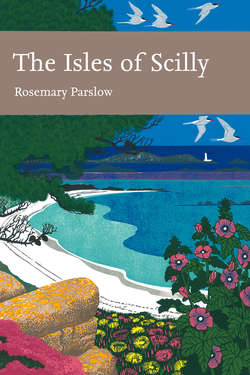Читать книгу The Isles of Scilly - Rosemary Parslow - Страница 36
THE CIVIL WAR IN SCILLY
ОглавлениеDuring the Civil War the Garrison defences were improved and King Charles’s Castle was built on Tresco to defend the harbour at New Grimsby. The islands passed from Royalist to Parliamentary hands and back again. Unfortunately the Royalist command by Sir Richard Grenville led to the islands becoming a base for piracy, which annoyed not only Parliament but also the Dutch. It was not long before both the English fleet and the Dutch set sail to capture the Isles of Scilly. Eventually the Royalists surrendered to Admiral Blake after the Garrison had come under relentless fire from his ships and from Oliver’s Battery, which had been built on Tresco, and the Dutch backed off. Later, another fortification known as Cromwell’s Castle was built in a better position overlooking the harbour of New Grimsby (Fig. 15), to ward off further attack by the Dutch (the fortifications at Charles’s Castle on the hill overlooking Tresco Channel being so badly placed as to be useless for defence).
In 1660 the monarchy was restored, and the Godolphins returned to Scilly. But it does not seem to have been quiet for long. Spain became a threat again, and in the second half of the century there was a massive programme of building on the promontory of the Garrison and elsewhere to strengthen the defences.
Turk (1967) refers to a comment by Richard Ligon in the True and Exact History of the Island of Barbadoes (1673), where he mentions puffins ‘which we have
FIG 15. Cromwell’s Castle and the ruins of King Charles’s Castle, Tresco. Photographed from near Hangman’s Island, Bryher, March 2005. (Rosemary Parslow)
from the Isles of Scilly…this kind of food is only fit for servants’. So clearly puffins (or shearwaters, which were considered a delicacy) were being exported from Scilly at the time.
